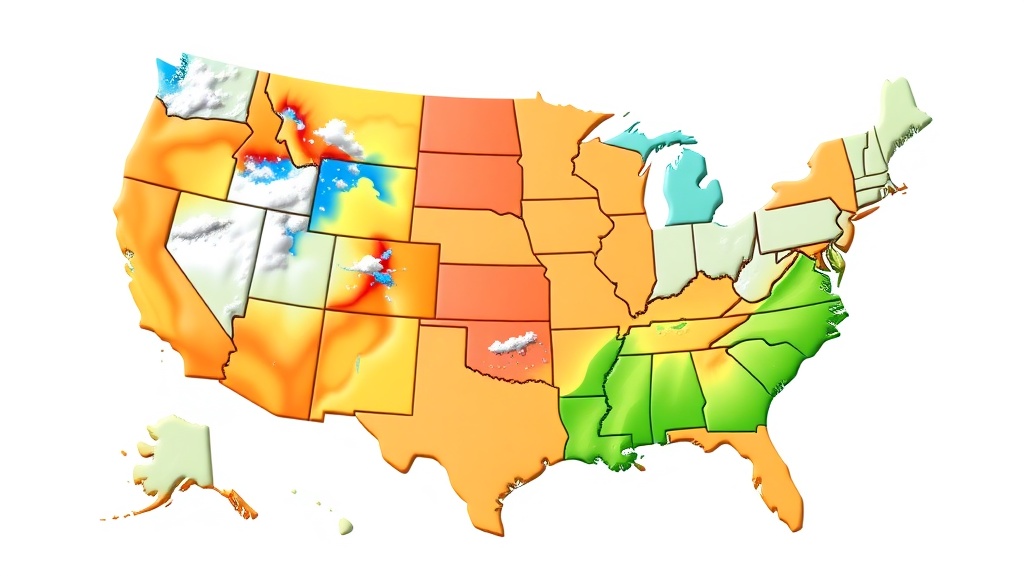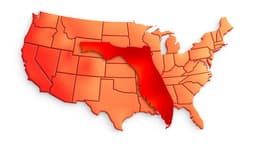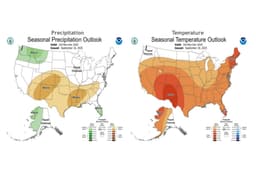Home / Weather / Drone Captures Collapse of 5 Homes into Atlantic as Hurricanes Batter US
Drone Captures Collapse of 5 Homes into Atlantic as Hurricanes Batter US
9 Oct
Summary
- Drone footage shows 5 unoccupied homes collapsing into Atlantic
- La Niña conditions emerged in September 2025, to last until February 2026
- La Niña could impact late 2025 hurricane season and US fall/winter weather

On October 9, 2025, federal forecasters from the Climate Prediction Center announced the arrival of La Niña, a climate pattern that is expected to persist through February 2026. This development could have significant implications for the remainder of the 2025 hurricane season and the upcoming fall and winter weather in the United States.
The announcement comes as drone footage has captured the collapse of five unoccupied homes into the Atlantic Ocean, a result of the severe coastal flooding caused by Hurricanes Humberto and Imelda. La Niña is known to influence weather patterns, often leading to increased hurricane activity in the Atlantic basin and drier-than-average conditions in the southern states.
Forecasters warn that November tropical storms could be particularly affected by the La Niña conditions, with the potential for double the usual amount of activity compared to ENSO-Neutral or El Niño years. This heightened storm activity could further exacerbate the damage already caused by the recent hurricanes along the coast.



